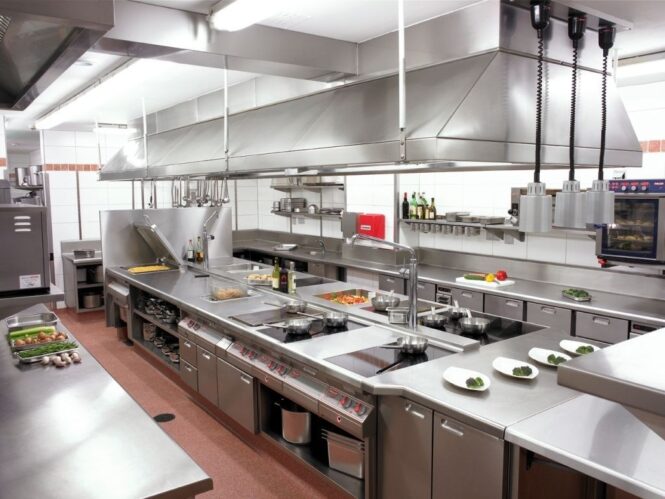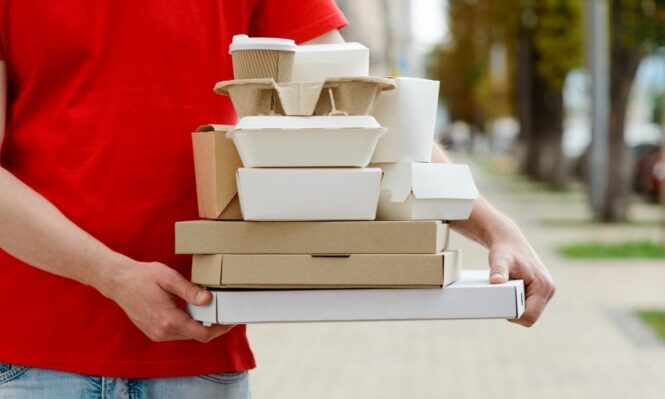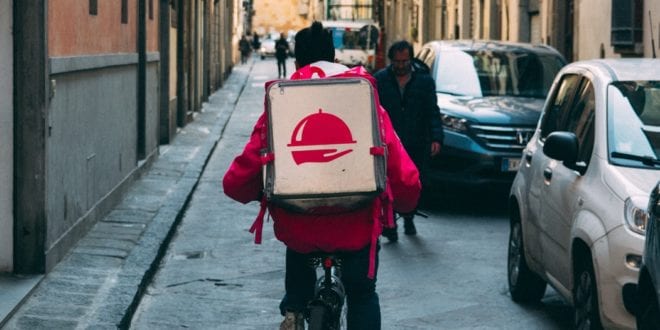Foodservice experts believe that delivery is the future of the industry. People are constantly looking for dining convenience and instead of eating out, they prefer ordering the food out of the restaurant. With this growing trend, it is high time to consider how to start a restaurant delivery service in order to tap into that massive market.
How to Start A Restaurant Delivery Service
Be aware that you will make serious retrofitting of your restaurant to accommodate delivery orders. You may also find that some foods may not be fit for delivery, so for you, it might be better to develop a list of menu items that you feel will best hold up well to the challenges of delivery.
While delivery is a great way to make non-peak times less uneventful and more profitable, you also have to think about how it can impact your operation during peak times. To manage the demand, you can set a schedule for accepting delivery orders. It might be helpful as well if you set a minimum amount of order because you don’t want to use up a lot of resources for a small order.
Third-party food delivery services such as Uber Eats and DoorDash can be a quick solution to meeting delivery demands. These companies charge up to 30% of the price to pick up the prepared food from your location and deliver it to the customer’s door. If you’re not keen about sharing profits or entrusting someone else a task that could make or break the experience of a customer, putting together your own delivery system is your best bet.
Kitchen redesign

As you may have already guessed, adding a delivery system to your operation will require some major modifications. You may have to rework your kitchen to add a station specifically for preparing and packing delivery orders.
Delivery adds the challenge of keeping food in perfect condition. In order to maintain food safety, you might want to train your staff to overcome the challenges of food safety that may come with adding delivery to your daily operation. This will involve changes in how they pack their food.
With delivery in demand, facilities referred to “ghost kitchens” are gaining more popularity. Ghost kitchens are a separate space dedicated solely to food production. For high-volume orders, building a ghost kitchen could be a great solution to maintain efficiency in your restaurant. Especially with no customer-facing functions, production capacity can be easily doubled. DoorDash has launched its very own ghost kitchen that hosts several brands.
Delivery system
You need to be able to connect with your customers in order to provide information on the products they can order, the delivery time, and the cost of the services. For this, you will need a website at the very least, which you probably already have. Consider hiring a developer who can sync it with a mobile app.
If you are a small restaurant and an app might be a bit out of your price range, a telephone or a mobile device might be enough. If you can’t set up an online ordering system on the website just yet, you can simply just showcase the menu there and have customers place an order via call. The idea is to make the process simple for your customers while also streamlining the process of coordinating orders. In line with this, you will also need a computer and high-speed internet.
Transportation

A hallmark of good food delivery service is speed. You will have to invest in delivery vehicles to make sure the order gets to your customers on time. You will need to add some branding to the car to let people know that it is official. Add some decals of your restaurant and include your contact number for deliveries as well as your handles on social media.
You may opt for bikes for locations where it makes sense such as big cities like New York Some businesses equip their delivery vans with commercial restaurant equipment (which you can find at Ckitchen.com) such as a smart oven so the order can be prepared en route.
Adding a delivery service means overcoming the hurdle of maintaining the quality of the food during transport. This means using sturdier packaging and climate-controlled containers.
You will also need a uniform for your drivers such as t-shirts or caps with the name of your restaurant or your logo so that they look professional when meeting customers face to face.
Insurance
Your delivery staff would need to be covered with insurance as well. As they will be working on behalf of your restaurant outside the premises, you will be responsible for their safety. A restaurant can get general liability insurance to cover bodily injury, property damage, medical payments, legal defense and judgment, and personal and advertising injury. This is a great way to protect both your staff and your restaurant.
Staffing protocol
With new tasks to fill, you might want to add new employees to your team, especially if you expect a surge of orders that need to be fulfilled. In line with this, make sure that you have a staffing protocol in place so that you will be able to properly compensate workers who will end up having to shoulder some of the delivery-related responsibilities.
Pricing

To price your delivery service accordingly, you will need to take everything into account. Expenses incurred for the items mentioned above in addition to payroll. The prices of the food available for delivery should, of course, be the same as what customers will see when ordering the physical store. You simply need to add a surcharge for delivery. You can either set a flat rate or a percentage of the total order.
Equipment
You may be required to increase your inventory to accommodate the needs of your expanded target market. Being able to keep your ingredients safe and fresh remains an important undertaking. You might want to consider a walk-in refrigerator to store bulk inventory. For a steady ice supply, having one or two Manitowoc ice machines in your kitchen will be super helpful as well.
 Imagup General Magazine 2024
Imagup General Magazine 2024



